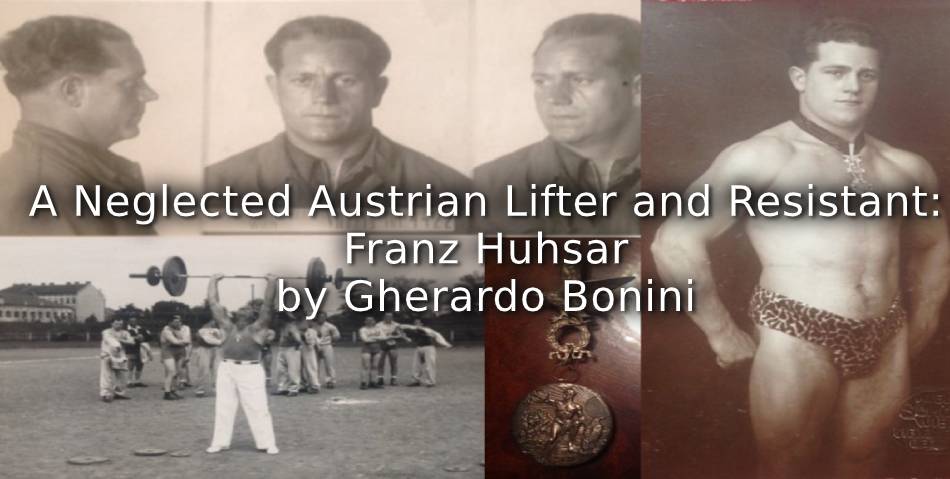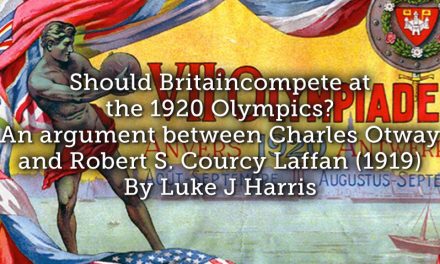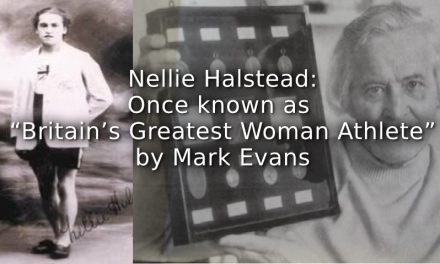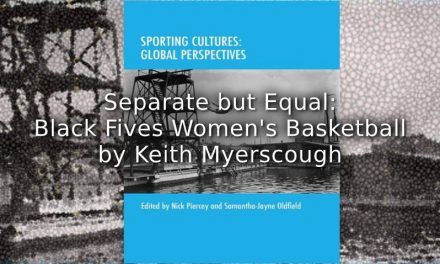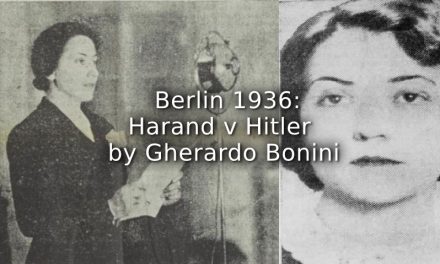The period following World War I, ending with the horror of World War II, was one of the most terrible in European history and, in particular, for the countries of Central Europe. The rise of dictatorships and racial persecution also forced sportsmen to make choices, because the regimes used sport as a fundamental tool to impose their power. Therefore, where sporting champions supported the dominant power, they enjoyed undoubted privileges, and, perhaps, even some freedoms unknown to their compatriots.
In authoritarian regimes, few champions decided to oppose the government, either openly or covertly as part of a dangerous ‘double-cross’. The majority of elite athletes continued their activity believing that it was the best form of survival and that it was a way of keeping hope alive in their compatriots. Once the war ceased, even those who were complicit with government propaganda resumed their place in the hearts of their compatriots. However, countries that suffered dictatorships only slowly reckoned with their past and wartime favourites sometimes overshadowed sportsmen who had been imprisoned and stated their opposition to the regime. Often sportsmen who had voiced dissent were denied both recognition and gratitude by the state.
One of these champions was the Austrian lifter Franz Huhsar, whose exploits have been ignored in his country’s sporting heritage. His family was of Slavic origins and he was born in the Erdberg working-class district in Vienna on July 31, 1903. He soon showed a natural predisposition to strength sports and, in 1921, joined the Erdberger Strassenbahner Athletik Club (Erdberg Railway Workers’ Athletic Club). From a professional point of view, he began to work occasionally for the city rail company, finding a permanent job only in the summer of 1927.
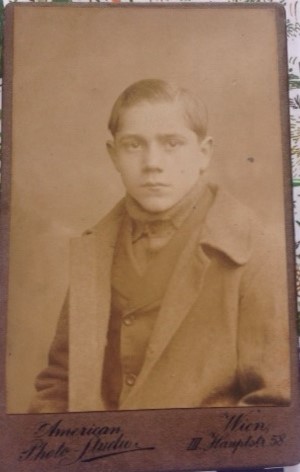
A very young Frank Huhsar
Initially, his weight ranged from 75 to 78 kilos. With the middleweight weight limit set at 75 kilos, it was easier for him to compete in the light-heavyweight category with its limit of 82.5 kilos. He excelled in the specialties of one-handed and two-handed snatch. However, he found it difficult to win the main competitions, which were decided on aggregate weight lifted, as he was not the best in the clean and jerk component. In Vienna, Social Democracy was politically dominant from 1920 to 1934, although the Social Democratic Workers’ Party (SDAPÖ) never won national elections. In the sporting arena, the Socialist Federation fought against what they saw as the bourgeoise cult of champions and records, favouring team competitions. In 1923, following a directive from the SDAPÖ, the weightlifting federation of the Socialist movement called for its sympathizers to detach themselves from bourgeois associations, to abandon a sport dominated by capitalist interests and to serve as an example to the proletarian masses. For the time being, Huhsar’s club remained in the bourgeois field.
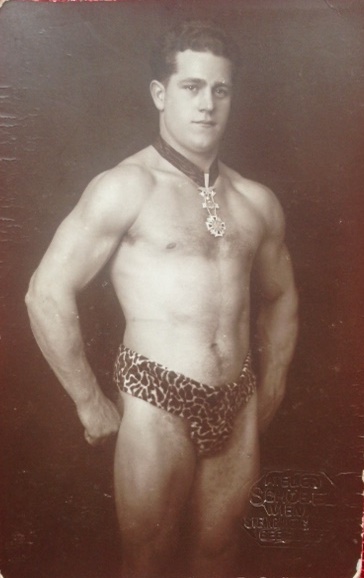
Huhsar in his prime
Weightlifting champions were famous in a Vienna called ‘the city of strong men and in the interwar era, weightlifters brought numerous records and international honours to Austria. On September 19, 1926, Huhsar improved on the middleweight world record for left-handed snatch by lifting 80.8 kilos. Unfortunately for him, another Austrian, Franz Pumm, had further bettered the record to 82.5 kilos in December. Later, at a meeting where a new record was to be ratified, the International Weightlifting Federation closely examined the two attempts and decided that it would be easier to recognize only Pumm’s performance; as a result, Huhsar did not enter the official record books. However, this lack of official recognition did not greatly bother Huhsar as, around that time, he had followed his club in joining the Socialist Weightlifting Federation (ÖAA, later VAKÖ, – Österreichische Arbeiter Athletenbund, the Austrian federation for Workers Athletes and VAKÖ, Verband der Arbeiter Kraftsportler Österreichs, the Federation of Austria’s Workers Strength Athletes).
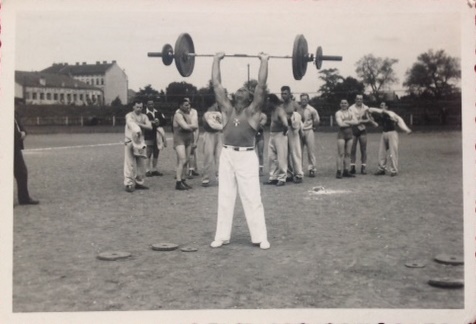
Huhsar giving a display on the training field of his club
Unlike several lifters, who went back and forth between Socialist and bourgeois federations, Huhsar remained affiliated with VAKÖ until its forced dissolution following the Austrian Civil War of February 1934, when the Austro-fascist regime liquidated the Socialist movement. His records in the one-handed snatch, both in middleweight and light-heavyweight, as well as his world records for the Socialist Worker Sport International, were very competitive with those for weightlifters in the bourgeois field. The apogee of his career was in the Vienna Workers’ Olympics of July 1931. In the light-heavyweight class, despite having the same final aggregate (310 kilos), Huhsar came second behind compatriot Hans Valla because he lifted less in the two-handed jerk. Huhsar never won an Austrian title, only two Viennese titles, but he participated enthusiastically with the sporting and promotional gatherings of VAKÖ, and was always very convivial, straightforward and popular. The movement itself was home to many tensions and contradictions and during the Civil war, the Social Democratic Party was affected by uncertainty and weakness. Only a very small number of workers went to the barricades to defend the Social Democratic flag. Even Huhsar, who had competed on February 12, did not follow the Party to the front.
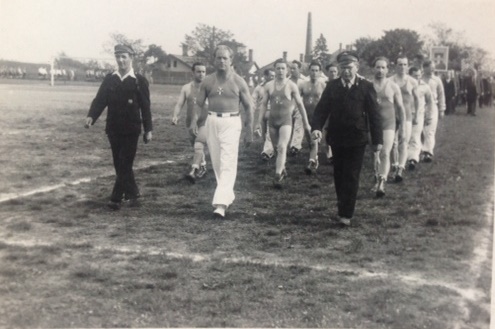
Huhsar in first row [middle] in a club parade
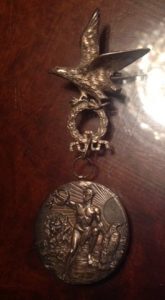
The medal won by Huhsar in Workers Olympics
After being scrutinized by the regime, Huhsar kept his job in the railway company and continued to compete, but only in team events and, perhaps, this can be seen as a form of silent boycott or non-alignment with the Austro-fascist regime. Furthermore, he made no effort to fight his tendency to gain weight. In 1937, Josef Steinbach, a legend of Austrian Social Democratic weightlifting, died. Huhsar trained with particular dedication for the meeting to commemorate Steinbach, jerking 140 kilos, which was a high-level performance. But he did not follow up on this exploit.
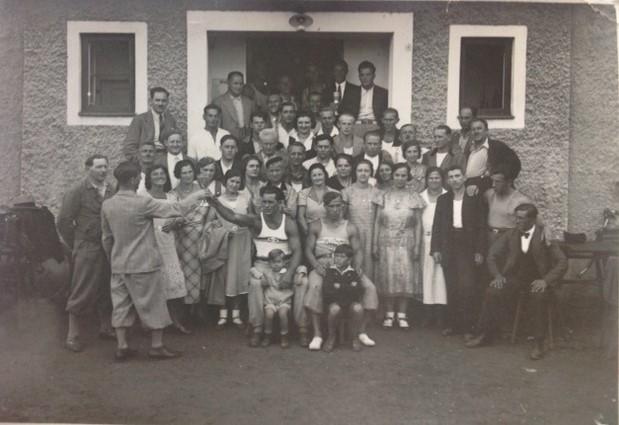
Huhsar returns to his family and friends at the end of competition
When Austria became part of greater Germany after the Anschluss of February 1938, Huhsar initially continued to keep a low profile, but he quickly found his political conscience in opposition to Nazism. He entered the underground Red Help society becoming a cashier, managing money to help the families of opponents and started to boycott his work as an act of resistance. Once this was discovered by the Nazi regime, Huhsar was tried in 1941, jailed and later sent to the Gross-Rosen concentration camp in 1942. In 1943, he was sent back to prison before being finally separated again and sent to back to the Gross-Rosen camp in 1944. In April 1945, Huhsar was freed by Allied troops during their liberation of the camp.
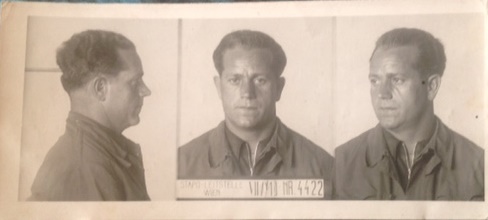
Huhsar’s images from his file after he was arrested by the Nazis
Exhausted from captivity, Huhsar returned to his job at the end of 1945, before retiring in 1958. For a short period in 1946, he returned to compete among middleweight lifters. He died in Vienna on April 29, 1978. While Huhsar obtained some diplomas of sporting merit, he has received no recognition for his years of captivity and period in the concentration camps. Perhaps, as mentioned above, in recognising Huhsar for his wartime resistance, it would have implicitly meant the embarrassment of other champions who were more publicly aligned with the regime and who had unproblematically returned to competition after the war.
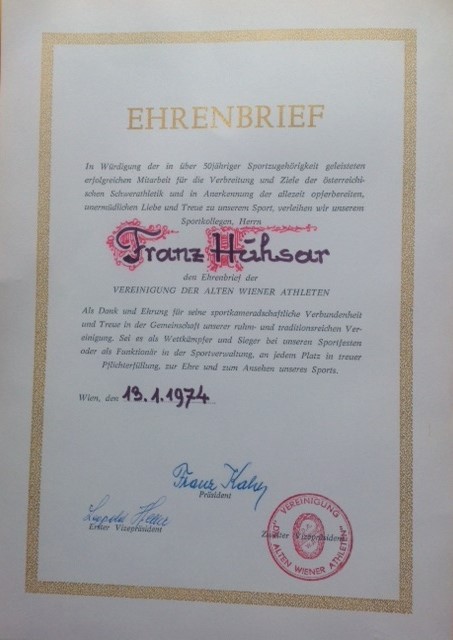
Honour diploma to Frank Huhsar, awarded in 1974
Article © Gherardo Bonini

